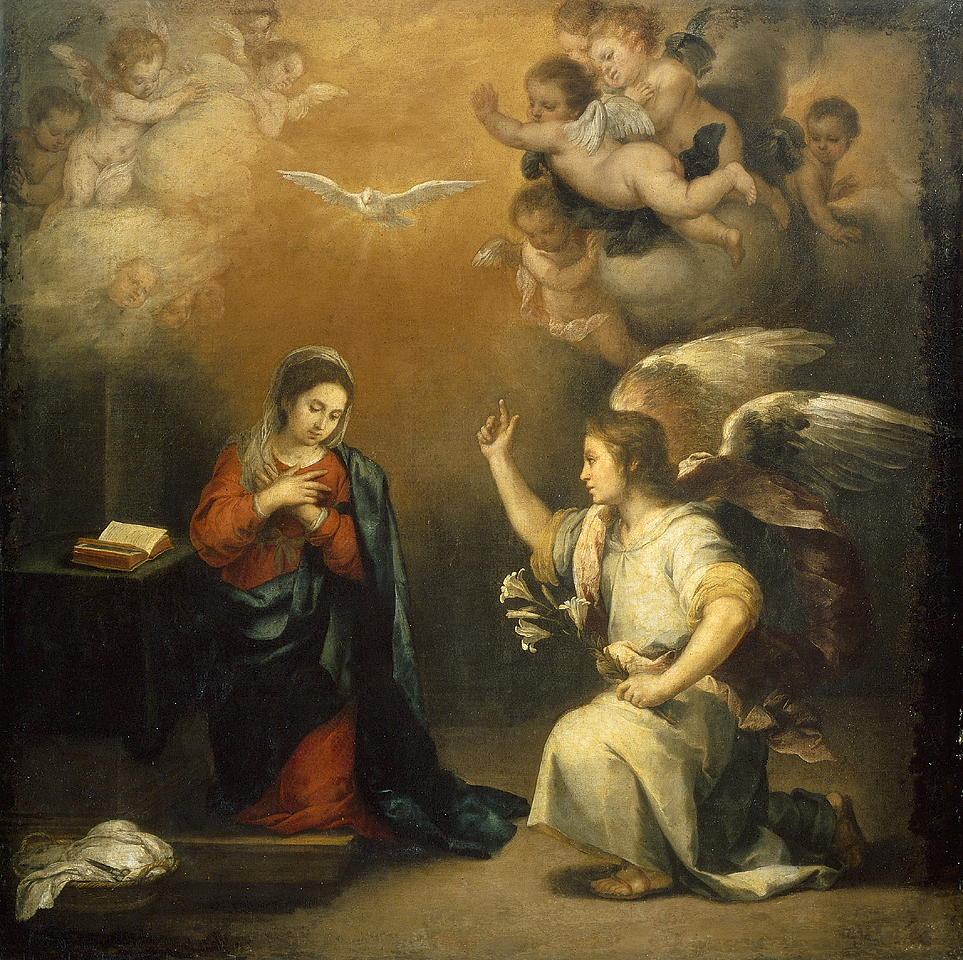Herbert Howells' music is just otherworldly. I can't believe how underappreciated he is. His setting of Psalm 142 is mind blowing:
Psalm 142
Isn't it? It was composed as an exercise in temperament and tuning! The mass in B Minor is Bach at the height of his powers I think.
Allegedly he had his clavichords tuned to play it, which is quite a remarkable thought; even Christopher Hogwood who is probably the leading Clavichord man today hasn’t attempted to do the whole Well Tempered Klavier on it, but harpsichordists have done so routinely, and one thing that irritates me is when pianists record it on a Steinway; primitive pianos did exist when Bach composed that, the Gravicimbalos, but they were not Steinways (also, I prefer Bluthner pianos, which have a more delicate tone, which makes me unpopular with concert pianists). But the Harpsichord has this dazzling, bright sound to it, which I feel best expresses the work when it is performed.
I do love the Mass in B Minor, particularly the duet Domine Deus, although I lament that the work is not, owing to a number of reasons, considered liturgically useful; I believe Bach intended to use the Mass in B Minor as an abstraction in which musical ideas were stored.
Bach composed four other masses, which together with his formidable array of motets, cantatas and organ preludes, fugues, postludes, chorales and so on, formed the basis for the church music in the chapels of the Duke of Saxony and the Prince of Brandenburg and when he was Thomaskantor, at the Thomaskirche in Leipzig, as well as the other Lutheran churhes in the city, such as the nearby Nicholaskirche.
Three of my ten favorite organs are in Leipzig: the Sauer Orgel at the Thomaskirche, which is a grand old Victorian instrument that has been organically (pun intended) rebuilt and modernized over the years, so it produces a lovely rich sound, the Bachorgel, which was dedicated in 2000 at the Thomaskirche, and is designed for historically accurate performances of pieces composed by Bach in Leipzig before the A = 440 Hz standard had been adopted, so on the Bachorgel, A is 466 Hz (I have a tuning fork from it I purchased as a souvenir), and the instrument in other respects is a classic Baroque instrument in nearly every respect, except I think it has powered bellows, but the stops are of the large Baroque variety as opposed to the swelte toggle switches you see on newer organ consoles, and finally, at the Nicholaskirche, the organ there, I don’t know the history of it, but it makes the sweetest and most pleasant sound I have heard an organ make; it might be my favorite in the world. I have a recording of it which I purchased from the organist and his wife in 2001, after listening to him practice.
What do you think of the more modern composers such as Messiaen and even some of Stravinsky's later works?
Well, I love many of them. I particularly like, among contemporaries of Stravinsky, Rachmaninoff, his ecclesiastical compositions at any rate, Richard Strauss, Sergei Prokofiev, and Maurice Ravel, especially his haunting elegy for a bygone prewar Edwardian or Victorian era, La Valse, which I think is a profound work that is concurrently both Impressionistic and Expressionistic, in that it uses impressionist musical techniques, but aims for an emotional movement which ordinarily I think one would associate with subtler forms of expressionism.
When it comes to later 20th century composers, my favorites tend to be an ecclectic assortment of English church music composers, for example, Francis Jackson, who like so many great Anglican composers was the organist at York Minster (for whatever reason, I find myself consistently disappointed by the music from Canterbury Cathedral; the best stuff in English church music I think tends to happen at York Minster, Westminster Abbey, St. Paul’s, and also Gloucester Cathedral, as well as a few other cathedrals and some of the parish churches in London and Westminster, for example St. Sepulchre-without-Newgate, which is the National Musician’s Church, St. Martin in the Fields, and All Saints Margaret Street. When I listen to archives of BBC Choral Evensong on YouTube, I also have found that the Birmingham Cathedral and Manchester Cathedral are consistently pleasing, and Durham also tends to be very good. Among Anglican composers I like who would be considered modern, I would cite, in addition to Howells and Jackson, Herbert Sumsion, George Dyson, T. Tertius Noble, (those three, Sumsion, Dyson and Noble, are probably my favorites, actually, but I do love Jackson and Howells), and also the Canadian composer Healey Willan.
Then the other group I like are composers who tended to do military band music, and a mix of jazz and classical on the side, for example, the Armenian composer Barsegian, or a Norwegian composer who wrote the 50th jubilee march for their airforce, whose name I cannot remember right now.

